Clients of digital marketing firms that operate in dynamic environments want to know how they are spending their money effectively- we all know it is easy to spend money on campaigns- the hard part is proving that the money is working. For this reason, it is important to measure digital marketing ROI to understand how effectively your campaigns generate returns. Measuring digital marketing ROI will explain whether your marketing activities are making money or simply burning your budget. SEO and content marketing, paid advertising, and lead nurturing through email campaigns all have a place, but some have a bigger impact on your bottom line than others. Unless there is a definite ROI measurement, one can never tell what must be scaled and what must be improved, or even dropped. However, many businesses either ignore ROI or have trouble determining it properly. This blog is going to make you realize the concept of digital marketing ROI, its importance, and best of all, how to calculate ROI for digital marketing campaigns and measure it effectively. At the end of it, you will learn how to maximize marketing spend and make decisions supported by facts that trigger growth.
What Is ROI in Digital Marketing?
Return on Investment, known as ROI, is one of the vital measures that will inform you of the amount of profit you have incurred as a result of your digital marketing activities, explaining clearly how to calculate ROI for digital marketing campaigns and what you have added. Simply put, it will identify an answer to this question: Is my marketing making money? The raw equation is:
ROI =(Revenue-Marketing Cost ) /Marketing Cost.
ROI reveals the amount of revenue generated by your campaigns as compared to what it is costing you. A positive ROI indicates that you are making more money than you spend, and when it has a negative value, then it indicates that a loss is being made. To measure digital marketing ROI effectively, you must assess the performance of different channels, which can be SEO, PPC, email, or social media, by tracking key digital marketing KPIs and making wiser budgetary conclusions.
Why Measuring ROI Is Challenging
It might seem that it is not complicated to calculate ROI, but in digital marketing, it can be quite a complex process. In comparison to the business of traditional sales, in which a tangible deal is closed, digital marketing often entails plenty of touchpoints, channels, and a delayed conversion, leading to the fact that ROI monitoring becomes more complicated.
These are some of the greatest concerns of marketers:
Multi-Touch Attribution
Before converting, a customer will interact with a variety of channels prior to conversion (ex, a consumer may be presented with a Facebook advertisement, read a blog article, and then click a Google advertisement). Choosing between touchpoints is difficult, which makes knowing how to calculate ROI for digital marketing campaigns even more important to accurately assign credit.
Delayed Impact
Other campaigns are slower to demonstrate results (in particular, SEO or content marketing), and measuring results to spend is more difficult.
Offline Conversions
Increasingly, leads who are exposed to a form online can still convert via telephone call or face-to-face meeting, and it is difficult to be able to attribute this to the online avenue.
Brand Awareness campaigns
Not every marketing is directed to direct sales. Activities such as brand building or brand engagement are important to increase revenue in the long term, but not in the short term.
Inconsistent Data Tracking
Wrong or incomplete tracking (caused by the lack of UTM parameters, low integration with CRM, and so on) may provide incorrect ROI data.
Platform Silos
Isolated ad, email, and analytics tools create chances of having disengaged data, and this impedes the ability to track the entire customer journey.
The recognition of these challenges is the initial stage to effectively measure digital marketing ROI across complex campaigns, laid out by creating a more reliable and perfect ROI measurement system.
Key Metrics to Track for Measuring ROI
In order to measure digital marketing ROI successfully, you should not only track clicks or impressions. Pay attention to the metric that ties marketing activity to actual business performance. These are some of the most significant marketing ROI metrics to track for better decision-making:
- Cost Per Lead (CPL): How much does it cost to get a new lead? The lower Cpl denotes greater efficiency.
- Customer Acquisition Cost (CAC): The total amount of money spent on customer acquisition, including all marketing and sales expenses.
- Customer Lifetime Value (CLV or LTV): The amount of money a customer would generate in their life for your business.
- Conversion Rate: This is the percentage of users who complete a desired action, such as filling out a form or enrolling.
- ROI on Advertising spend (ROAS): The Amount of revenue produced on every dollar invested in advertisements.
- Engagement Metrics: Interest can be shown through metrics such as time on site, bounce rate, and social shares, especially in the top-of-funnel campaigns.
Monitoring the right marketing ROI metrics will give you a good idea of what’s working and where to improve.
Steps to Measure Digital Marketing ROI Effectively
To measure digital marketing ROI properly, marketers need more than numbers—they need a strategic, data-driven approach that includes knowing how to calculate ROI for digital marketing campaigns, and it is an innovative way of designing a transparent, repetitive procedure that links your marketing actions to corporate performance. Strictly speaking, to track marketing ROI metrics effectively, the main phases to do it properly are the following:
Establish Targets and KPIs
We should start by stating what success is to be, using clear digital marketing KPIs to guide your measurement. Are you interested in making leads, doing online selling, or using it to download apps, or to spread brand awareness among people? Isolate and outline particular KPIs and on a measurable scale, such as conversion rates, number of revenues, or some sort of submissions, whichever it is that you are trying to accomplish in business.
Track Every Channel and Campaign
Employ such measures as UTM parameters, landing pages with unique content, or tracking pixels, to trace how users interact with different platforms. This is to ensure you are in a position to trace conversions to particular channels (e.g., email, SEO, PPC, social).
Implement the Right Tools
Analytics tools, such as Google Analytics 4, Facebook Ads Manager, HubSpot, or CRM tools, help you capture and analyze data across customer journeys to connect your marketing data. It is all about integration- make your tools chat with one another.
Choose the Right Attribution Model
All the conversions do not take place out of one touch point. Select an attribution model (last-click, first-click, multi-touch, etc.) that will consider how your audience engages with your brand.
Calculate ROI Using Consistent Formulas
ROI = (Revenue minus Marketing Cost) / Marketing Cost is still the standard calculation for one of the key marketing ROI measures.
Use these marketing ROI metrics on a per campaign/channel/time basis to compare performance across strategies.
Analyze, Compare, and Optimize
Regularly reviewing your marketing ROI metrics helps you identify what works and where to optimize your spending. Reallocate the budget to channels with performance and improve poor campaigns, and test new ideas through the insights.
A methodical way of looking at ROI can enable you to make sure that every dollar you shell out is something that means something to the growth of your business.
Tools That Help Measure ROI
To measure digital marketing ROI accurately, you must use proper tools to gather, analyze, and interpret data across campaigns to quantify the correct information about your digital marketing ROI. Such instruments assist in measuring performance and attributing conversions, and also in measuring profitability.
The following are some of the best platforms:
Google Analytics 4 (GA4)
The prerequisite to monitoring the traffic on the websites, conversions, user actions, and the performance of the campaigns. GA4 also supports event-based tracking and offers the option to create customizable reports to get ROI insights in channels.
Google Ads & Facebook Ads Manager
Through these ad platforms, reports on the impressions, clicks, conversions, and Return on Ad Spend (ROAS) are given in detail. Use in-built attribution models to gain an insight into what is converting.
HubSpot
An integrated CRM and marketing automation tool that links the contact details with email, ad, and web analytics. Perfect for Funnel Forensics - where to find leads and customers in the funnel / what is your Customer Acquisition Cost (CAC) / what is your Customer Lifetime Value (CLV).
Salesforce
This is suitable when it comes to B2B businesses that have a long sales cycle. Salesforce also incorporates marketing platforms and can monitor lead progress, revenue, and ROI on an ongoing basis.
SEMrush or Ahrefs
Applications that are designed for search engines and take into account organic growth, keyword ROI, and traffic value. Perfect for seeing the results of content and SEO investments in the future.
Tools for Data Visualization (such as Google Data Studio, Tableau, and Looker)
Using such tools, one can retrieve information across different sources to build dashboards that represent performance metrics and ROI in a real-time concept.
Getting the right portfolio of tools in place will give you a complete and correct perspective of your marketing ROI, and then you can make wiser choices and achieve superior outcomes.
Real-World Examples / Case Study
A B2B SaaS company spent 5,000 US dollars on LinkedIn, claiming to generate leads. 20 of the 150 leads they tracked with HubSpot converted to paying clients. The average customer value was 800 dollars and therefore, the campaign has yielded $16,000 in revenue.
ROI = (16,000 5000)/ 5000 = 220 %
Retargeting Cart Abandoners. Another example is an e-commerce brand that created Facebook Ads to retarget its cart abandoners. By investing 2,000 dollars, they got back 6,000 dollars in sales with the ROAS of 3x.
These examples reveal how efforts to measure digital marketing ROI with the right data can help companies make informed decisions to recognize productive channels and expand prosperous methods.
Tips to Improve Your ROI
The key to increasing your return on investment (ROI) in digital marketing is making better judgments and optimizing campaigns based on data. The following is some practical advice that will enable you to maximise your returns:
Optimize Underperforming Campaigns
Determine campaigns that do not convert well and attempt to test out new creatives, messaging, or targeting to enhance outcomes.
Focus on High-Intent Channels
The channels used should be prioritized to ensure that the users are near purchase or action intent, e.g., paid search or retargeting ads.
Improve Conversion Rates
Improve landing pages with action calls, improved speed, and mobile-friendly to increase the number of visitors being turned into leads or customers.
Use Retargeting and Remarketing
To increase the chances of completing the deal, entertain the visitors who showed interest in the conversion, but did not convert them, especially with the help of ads.
Leverage A/B Testing
Test and run multiple headlines, pictures, offers, and formats, run them all, and test to see which works best with your viewers.
Invest in Customer Retention
Engage customers in loyalty programs and utilize email marketing to stimulate repeat purchases; loyal customers bring in more income in the long term.
Integrate Data Across Platforms
So that you can make more informed decisions, connect analytics, CRM, and ad platforms, and see a complete picture.
Set Realistic Budgets and Goals
Develop a budget depending on how the company has done in previous years, aligning it with your core digital marketing KPIs for better planning, and make marketing objectives congruent with business strategies.
These implementations will enable you to maximize your marketing investment by focusing on marketing ROI metrics that reflect real business growth and help it perform better and produce more transparent results.
Common Mistakes to Avoid
Return on investment of digital marketing is not an easy metric to measure, and any minor mistakes may cause errors in conclusions. These are some of the mistakes to avoid:
Ignoring Long-Term Brand Value
By concentrating on short-term sales, it is possible to ignore the effects of brand awareness campaigns that take time to establish customer trust and follow up.
Confusing Vanity Metrics with ROI
Indicators such as likes, followers, or views of the page do not necessarily mean revenue. These are not real returns.
Poor Tracking Setup
Failing to receive UTM parameters, not linking analytics accounts, or not filling out the CRM data may all lead to inaccurate identification and improper ROI estimations.
Not Using Multi-Touch Attribution
Attributing the last click with full credit overshadows the contribution that other channels make towards lead nurturing and conversion guiding.
Failing to Segment Audiences
All traffic may be treated similarly and overlook any behavioral or ROI differences between new and returning, demographic, or marketing channels.
Overlooking Offline Conversions
To the entire ROI picture, sales that occur following online interaction and take place in the real world must be traced.
Inconsistent Data Review
Rare or random analysis may lead to the loss of trends or may provide you with the opportunity to respond to underperforming campaigns late.
It is best to avoid these downfalls to make your ROI measurement accurate and aligned with your digital marketing KPIs and actionable, and to make better marketing decisions.
Conclusion
The ability to measure digital marketing ROI is not a luxury—it's a necessity for success in today’s data-driven environment to succeed in the current data-centric world. With clearly defined digital marketing KPIs, including CAC, CLV, and ROAS, you can generate meaningful performance insights, and with the right set of tools and attribution models, you can obtain strong insights into what is adding value to your company in actual terms. Issues such as multi-touch attribution and offline conversions are more complex and will add to the complexity, but a considered, consistent strategy will, in the long term, make better marketing choices.
Avoid the major pitfalls, optimize what is already functioning, and monitor ROI as a cultivation, not what is once off. By getting the correct strategy, you will not only justify your marketing budget but also achieve business development that is measurable.
We assist business organizations to ensure that they get the most out of their digital marketing by using ROI-driven strategies and analytics at AHIT. Are you ready to convert your marketing cost into revenue? Contact AHIT now.


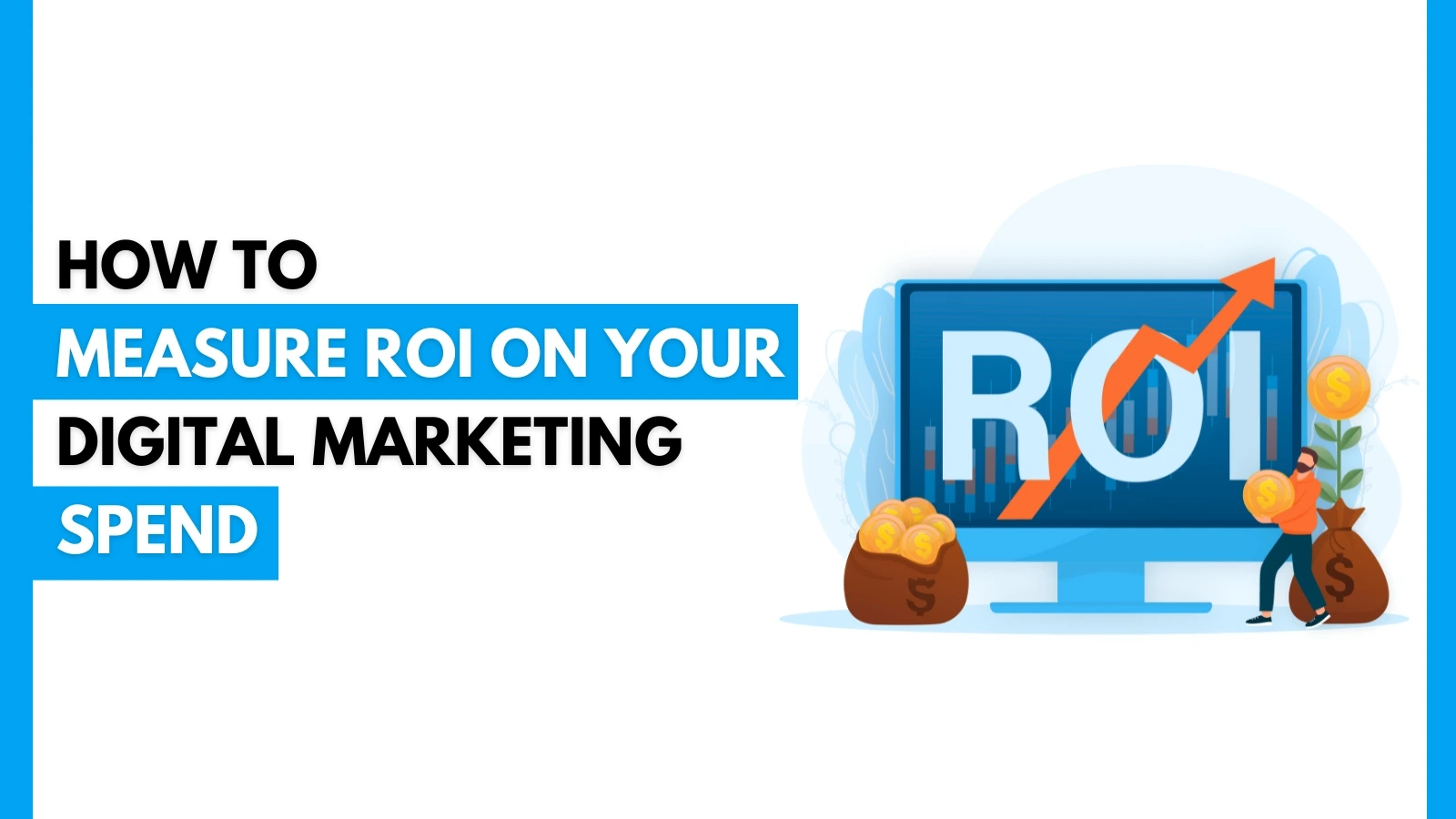
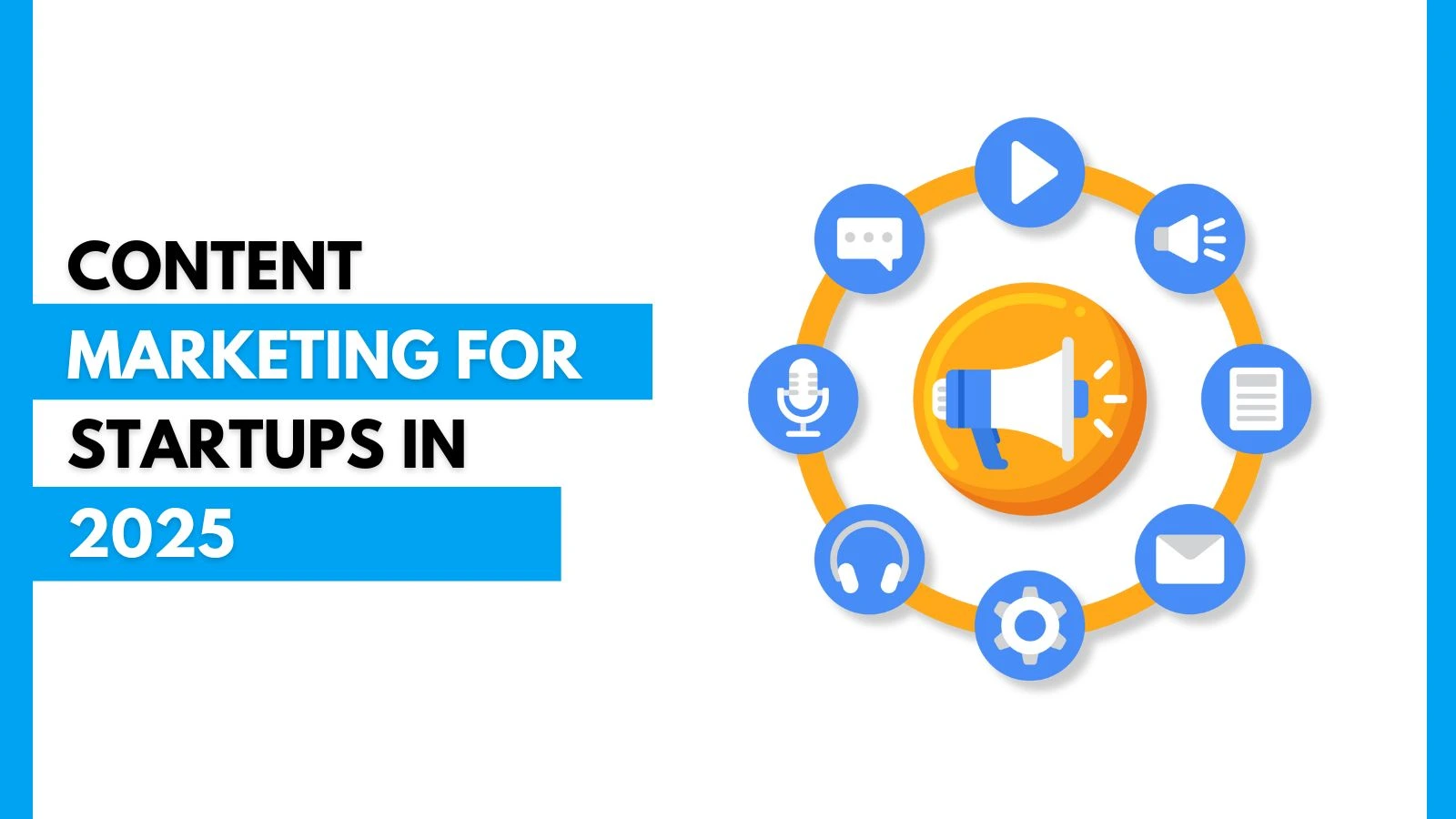

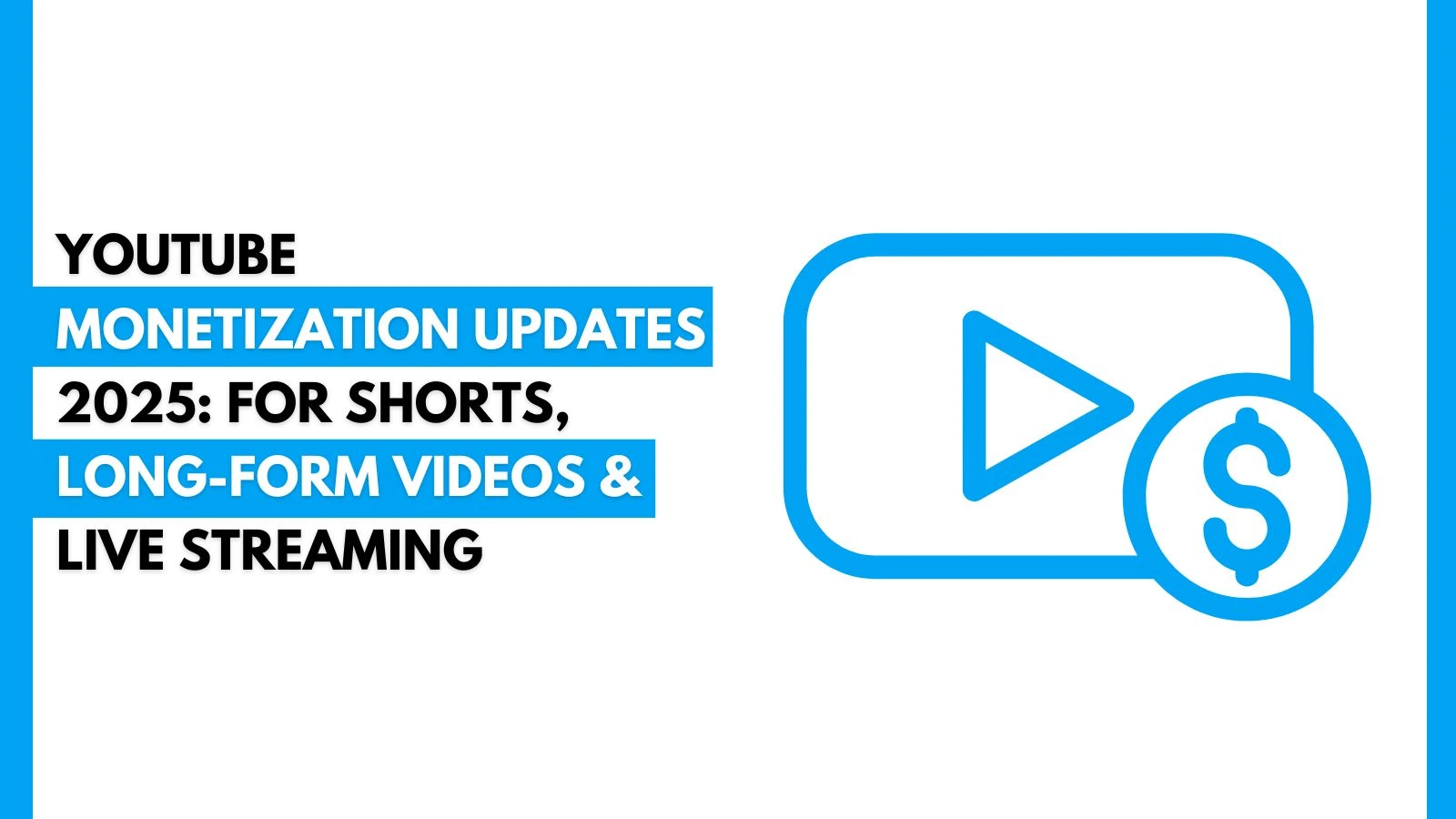

.webp)
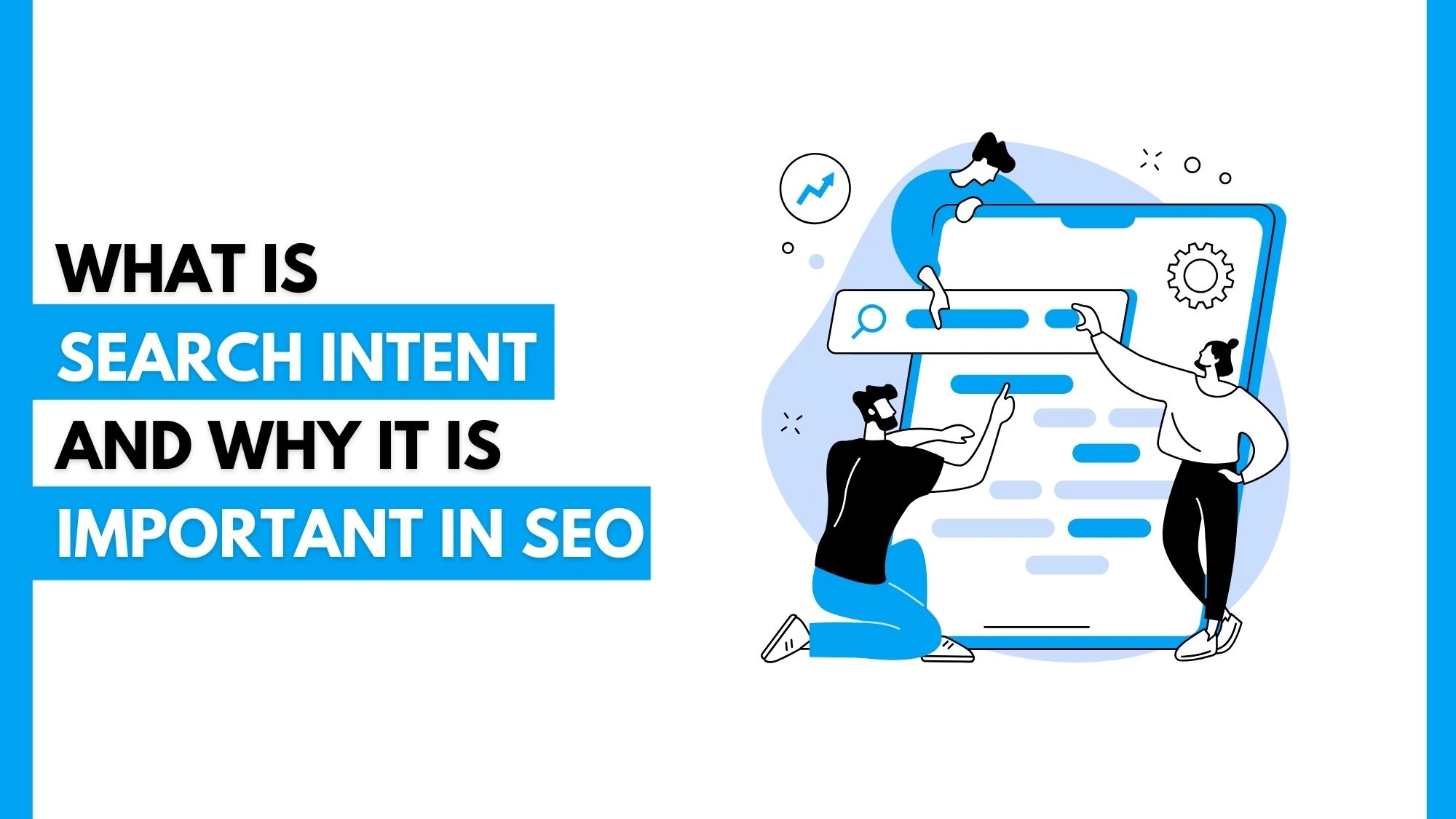


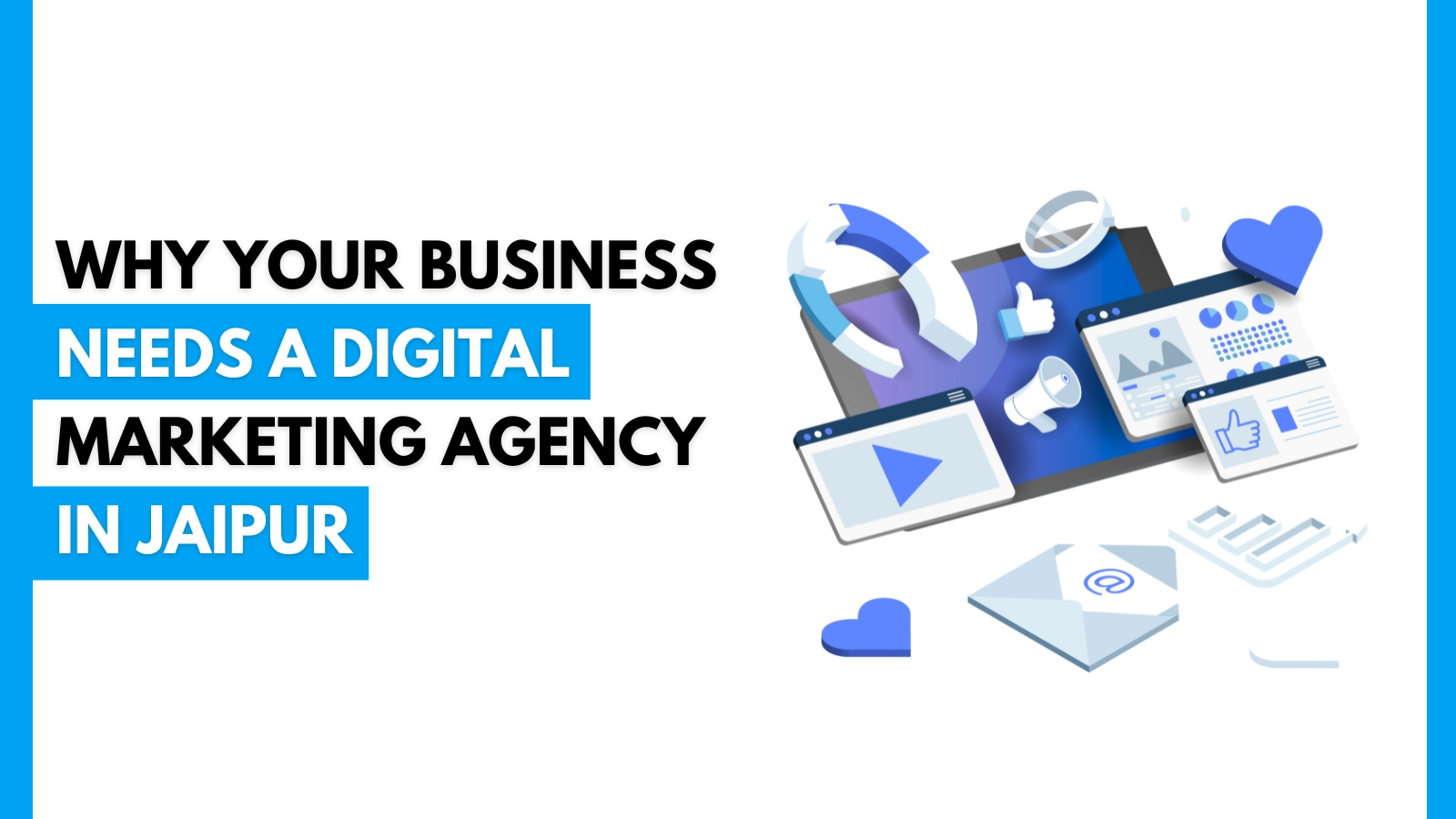


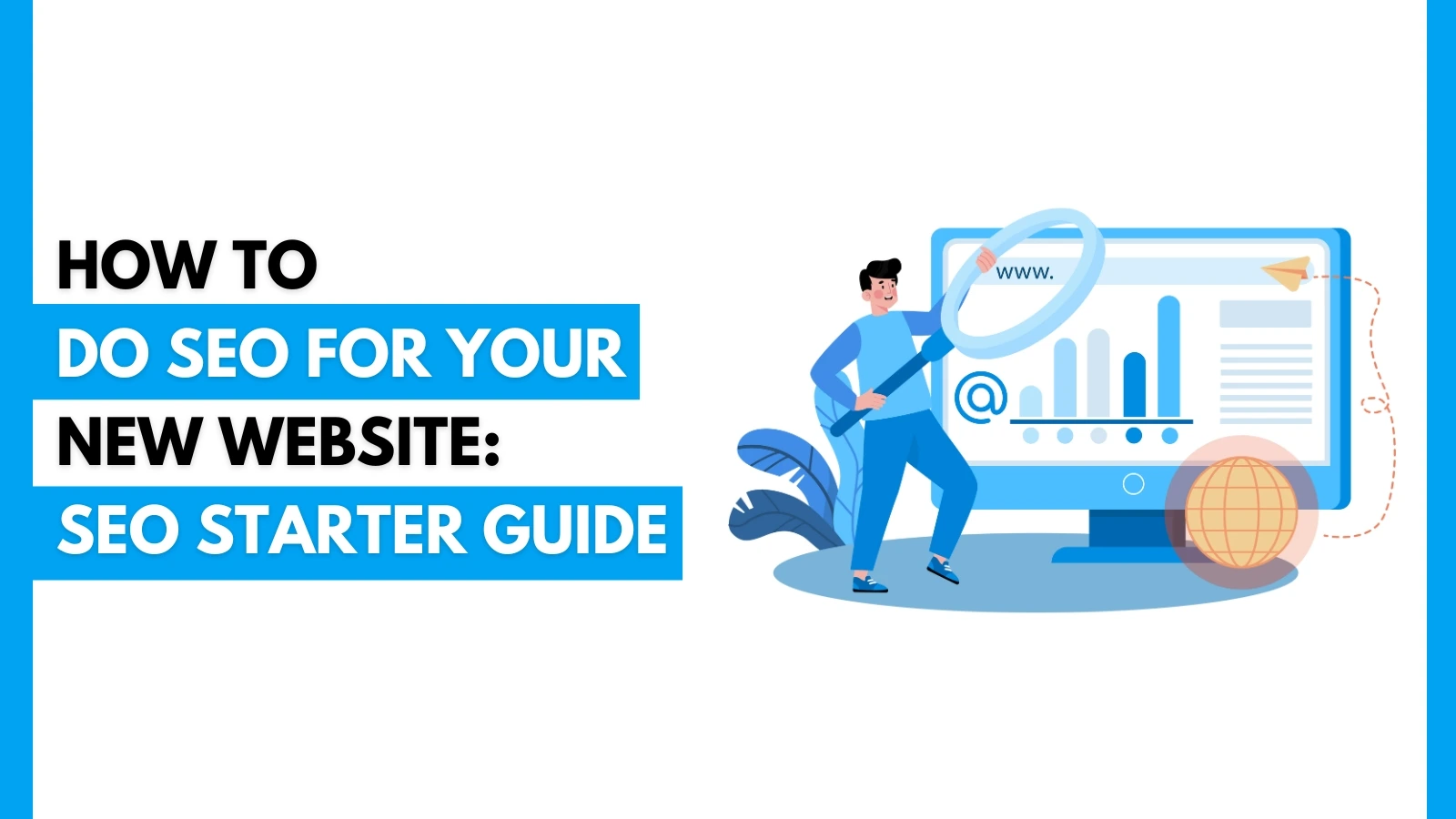

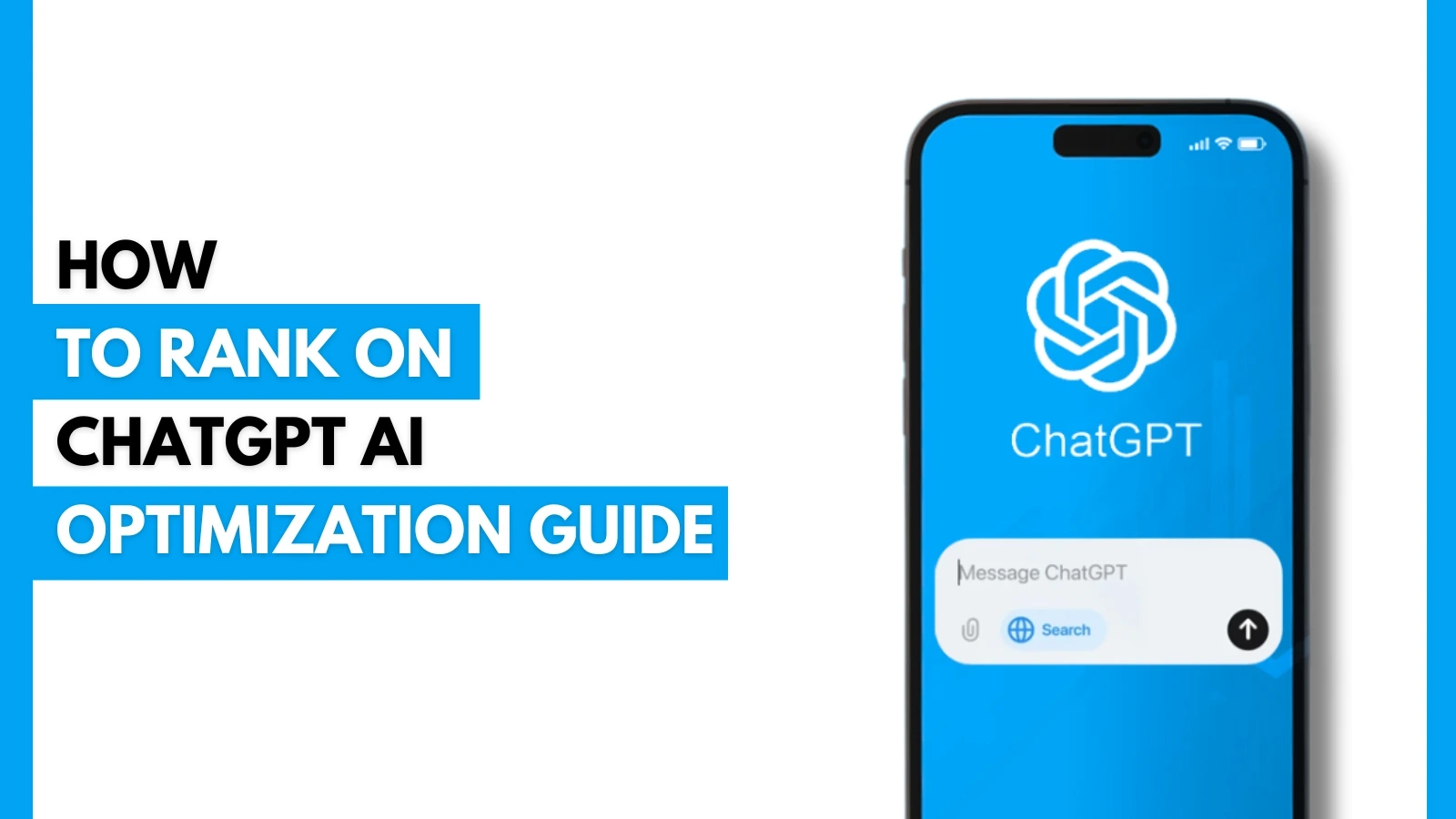
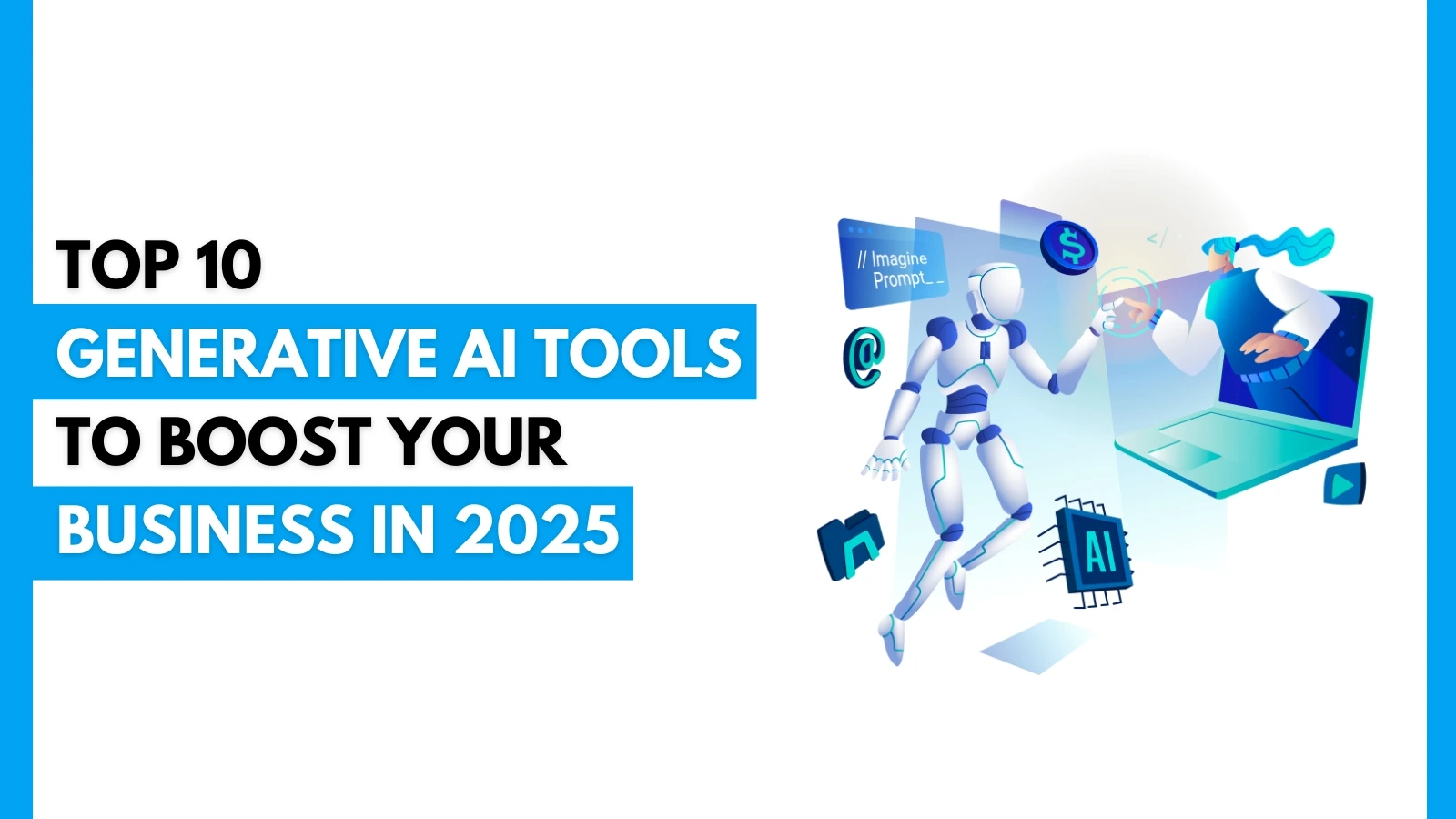

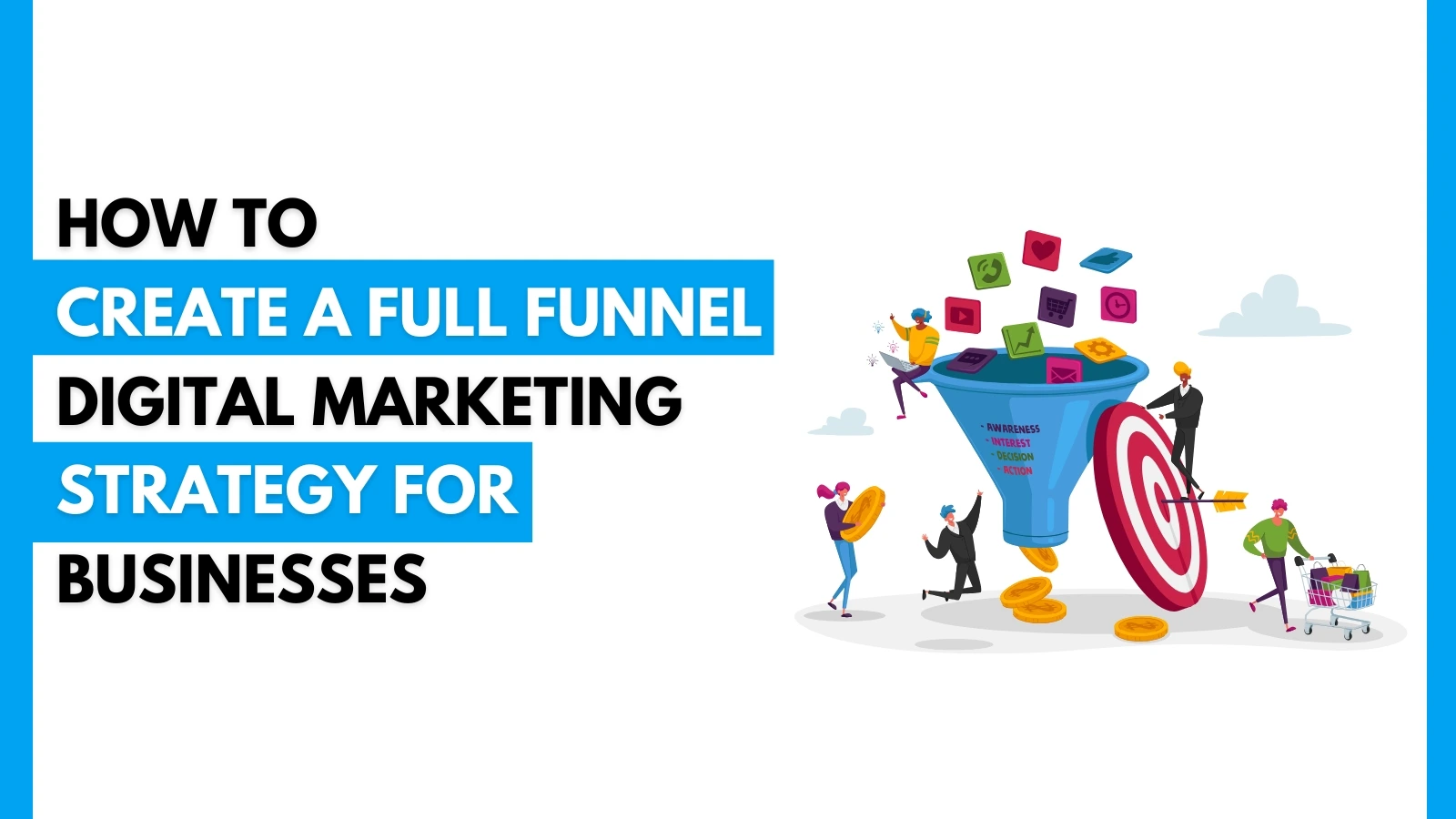
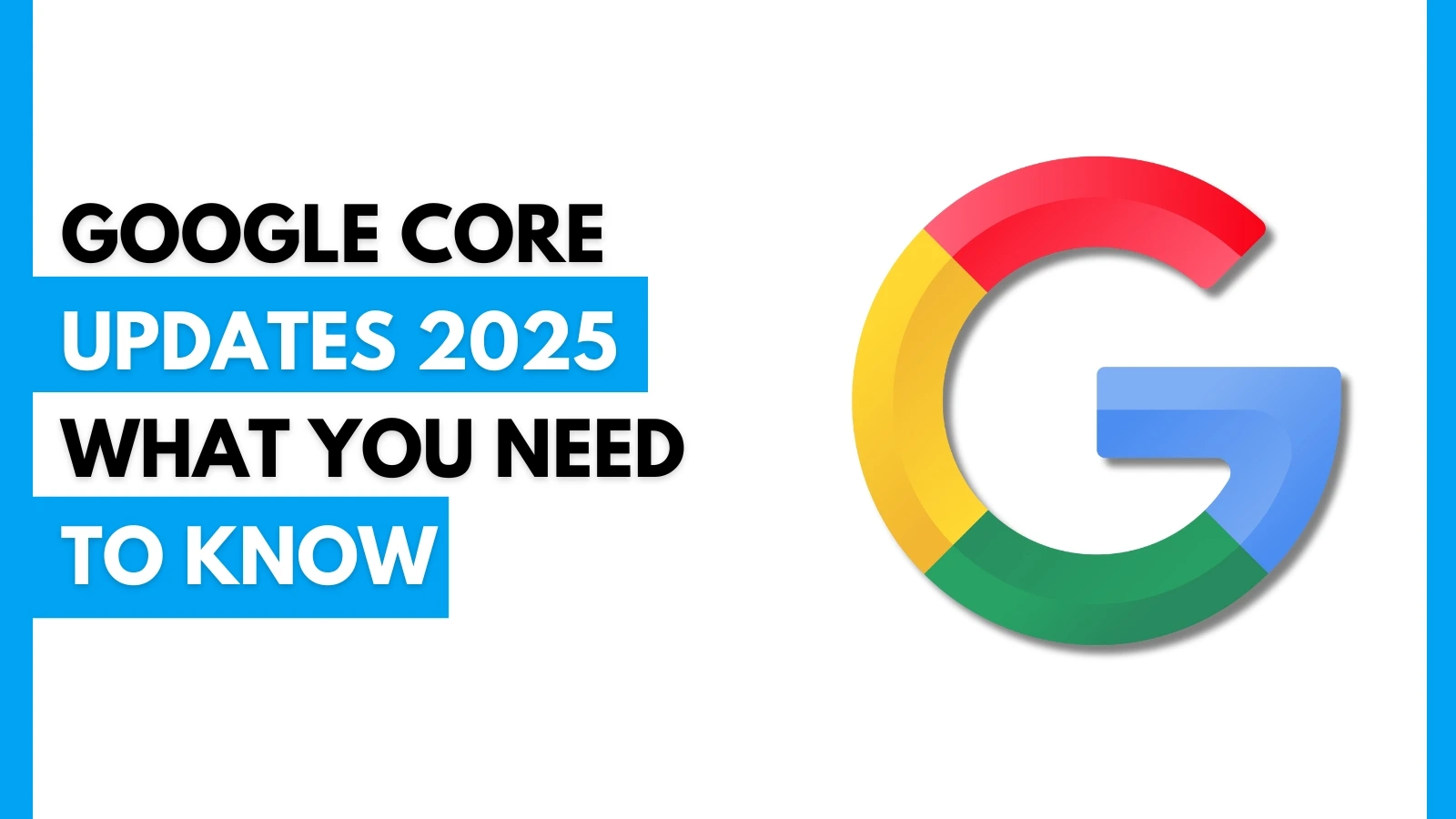





.webp)






















 A Complete Guide.webp)











































.jpg)










 Efficiently.jpg)
.jpg)
























.jpg)
.jpg)
























.jpg)


















.jpg)
.jpg)




























.webp)





.jpg)


















 Campaign.jpg)




.jpg)

.jpg)

.png)



.jpg)



.jpg)
.jpg)
.jpg)



.jpg)








.png)
.jpg)




.jpg)

.jpg)
.jpg)


.jpg)


.jpg)



.jpg)





















.jpg)














.png)





















.jpg)






.png)

.png)



.png)

.png)
.png)



.png)
.png)
.png)
.png)
.png)

.png)
.png)
.png)
.png)
.png)
.png)
.png)
.png)
.png)
.png)
.png)

.png)
.png)
.png)
.png)
.png)
.png)
.png)
.png)
.png)



.png)
.png)
.png)

.png)
.png)
.png)
.png)
.png)
.png)
.png)
.png)
.png)
.png)
.png)
.png)
.png)
.png)
.png)
.png)
.png)
.png)
.png)
.png)
.png)
.png)
.png)
.png)
.png)
.png)
.png)
.png)
.png)
.png)
.png)


.png)
.png)

.png)
.png)
.png)
.png)
.png)
.png)
.png)
.png)
.png)
.png)
.png)
.png)
.png)
.png)
.png)
.png)
.png)
.png)
.png)
.png)

.png)
.png)
.png)

.png)
.png)
.png)
 (1).png)
.png)
.png)
.png)
.png)
.png)
.png)
.png)
.png)

.png)

.png)
.png)
.png)
.png)
.png)
.png)
.png)

.png)
.png)
.png)
.png)
.png)
.png)
.png)
.png)
.png)
.png)
.png)
.png)
.png)
.png)
.png)
.png)


.png)
.png)
.png)
.png)
.png)
.png)
.png)

.png)
.png)
.png)
.png)
.png)
.png)
.png)
.png)
.png)

.png)
.png)

.png)
.png)
.png)

.png)
.png)
.png)

.png)
.png)
.png)
.png)
.png)
.png)
.png)
.png)
.png)
.png)
.png)
.png)
.png)
.png)
.png)
.png)
.png)
.png)
.png)